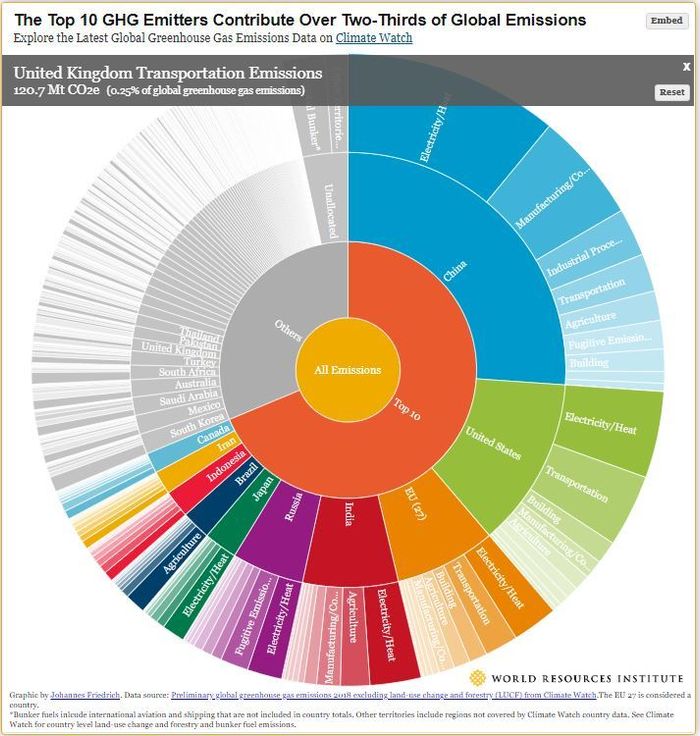China says it is canceling or suspending dialogue with the U.S. on climate change, military relations and other topics in a retaliatory strike after a controversial visit to Taiwan by U.S. House Speaker Nancy Pelosi.
The measures announced Friday are the latest in a promised set of steps intended to punish Washington for allowing the visit to the island that mainland China claims as its own territory. The trip defied the U.S.’s public backing of a “One China” policy, Beijing said. China has said Taiwan could be annexed by force if necessary and it opposes the self-ruling leadership engaging with foreign governments.
Beijing also imposed sanctions on the California congresswoman, who says she made the trip to enforce a U.S. obligation to stand with democracies against autocratic countries.
The tensions pose significant risk not only for the two essentially “frenemy” nations, but also to international trade and safety. Taiwan is a key exporter of chips
XSD,
needed for technology and climate-change efforts, such as EVs. Plus, the tensions risk a potentially large setback to global talks toward curbing climate change, an effort that will require all major economies to be on board.
Read: China conducts ‘precision missile strikes’ in Taiwan Strait after Pelosi visit
Here are five factors to know when it comes to climate change and these two economic powerhouses.
Top polluters
If simply measuring total emissions, China, the No. 2 economy, is in the top-polluting spot. China generates around 30% of all global emissions, while the U.S. is responsible for almost 14%. When taking account of China’s large population, a per-capita measure of emissions moves China well down the list, below the U.S. and major Middle Eastern economies.
Greenhouse gas emissions, including carbon dioxide and methane, are generated primarily when we burn oil
WBS00,
gas
NG00,
and coal to heat our homes, drive our cars and create steady, necessary power for hospitals and more. Alternative energy sources
ICLN,
like wind, solar and hydrogen, and more energy efficiency is necessary to cut back emissions. A pivotal 2015 voluntary agreement across many nations, the Paris Climate accord, set a goal of holding warming to no more than 1.5 degrees Celsius by adopting emissions-reduction actions.

WRI
Pledges made
China, long dependent on coal to power its electric grid, in late 2020 announced a surprise climate-change pledge. Chinese officials said then that the nation was targeting net-zero emissions by 2060 and would aim to hit peak emissions before 2030.
It was an announcement delivered right as the Trump-led U.S. was pulling out of the voluntary Paris pact — the only major nation to abandon its membership. The Trump administration’s move prompted other world leaders to suggest China, and not the U.S., would lead a “green” revolution, especially as it already has a dominant position in alternative energy manufacturing and the technology behind solar, battery storage and other key areas.
President Biden’s administration has set a target of no later than 2050 for net-zero emissions in America, and as a campaign pledge, he said the country can halve its emissions as soon as 2030.
Biden’s climate intentions have been held in check by a tightly divided Congress and a conservative-majority Supreme Court. As of Friday, Democrats looked near victory, however, on a compromise spending bill that would include nearly $370 billion toward climate change. The legislation follows a Supreme Court ruling earlier this year that reduced the authority of the EPA in curbing greenhouse gas emissions across the power sector, limiting regulatory actions to individual facilities, and seen as a major blow to Biden’s climate agenda.
Read: The real math behind ‘net zero’ emissions as 100s of countries and companies make their pledge
Read: U.S. vs. China on climate change — what investors need to know
Cordial progress
Top climate diplomats — John Kerry for the U.S. and Xie Zhenhua for China — have maintained a largely positive working relationship that dates back to the 2015 Paris climate accord, which was made possible by a breakthrough negotiated among these two and others.
Some observers believe it was Kerry’s convincing at last year’s U.N. global climate summit in Glasgow that helped China see the “urgency” to cut climate-damaging emissions. However, Kerry was unable to persuade China, who teamed up in dissent with India, to significantly speed up a move away from heavy-polluting coal.
The final summit statement, watered down from an earlier draft, called on countries to “accelerate efforts towards the phase-down of unabated coal power and inefficient fossil fuel subsidies.”
Read: Nothing else here’: Why it’s so hard for world to quit coal
Political differences
U.S. Republicans historically argue that aggressive climate-change efforts will raise energy prices too fast for U.S. homes and businesses, and they dislike a U.S. leadership position in emissions reductions when, they say, China and India don’t deliver on their pledges fast enough. The GOP promotes use of several types of energy, which Democrats argue won’t get the U.S. to climate goals fast enough. Watchdog the International Energy Agency has also said that investment in expanded production of fossil fuels must stop.
Some GOP members have advanced versions of climate-change action that includes keeping up the pressure on China for more action, less talk on emissions. An initiative lead by House Minority Leader Kevin McCarthy, for example, includes on agenda item labeled “Beat China and Russia” when it comes to energy and clean energy.
At least one foreign policy commentator suggested on Twitter that China’s adding climate change in its Friday action list showed the nation’s lack of conviction on the global issue in the first place.
And next?
For now, climate change may take a back seat to tamping down any immediate risk of military action. And the diplomacy capital accumulated at the ministerial level on climate change may be able to be preserved.
But make no mistake about the linkages between China and the U.S. on energy, climate change, supply chains, inflation and more.
“For climate progress, so tenuous in the U.S. and only just starting in China, a shift in focus of the world’s two largest polluters to a territorial conflict would be disastrous,” writes David Callaway in his Callaway Insights climate-change newsletter.
“Oil, gas and commodities would soar again,” he says.
